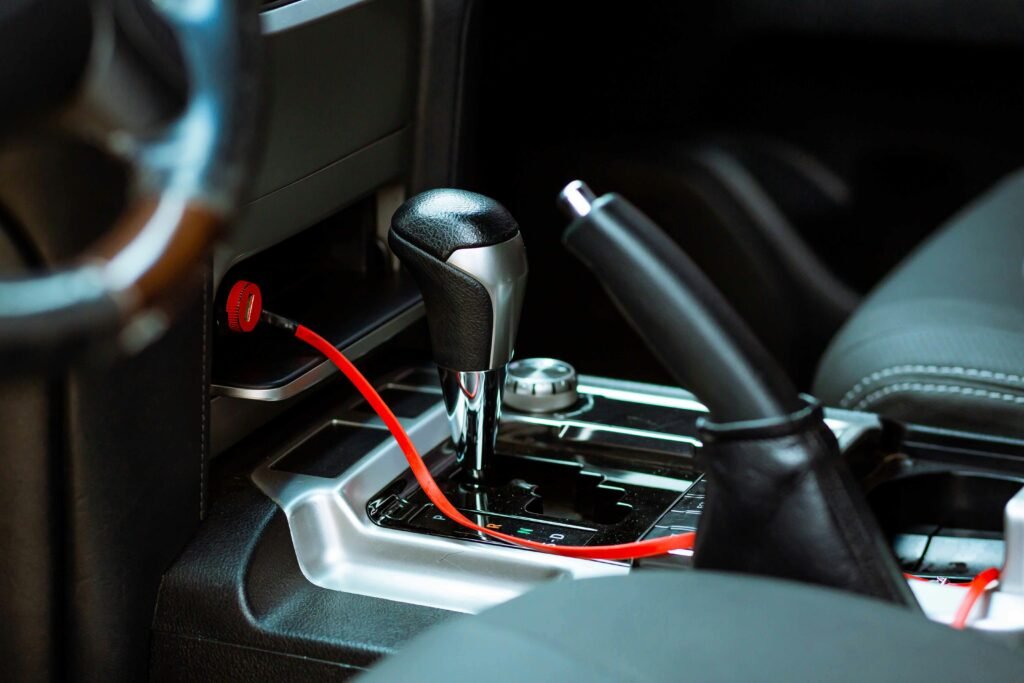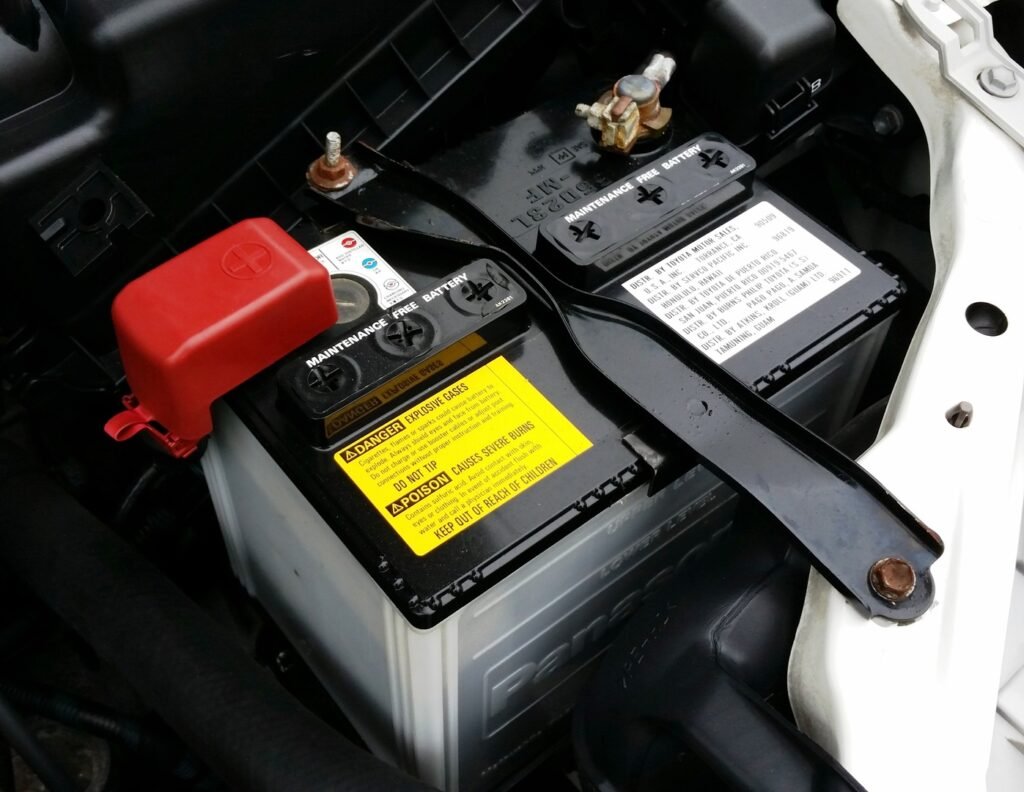Foot Brake vs. Parking Brake: How Each Keeps You Safe on the Road
Ever thought about the humble handbrake and its role in your car’s braking duo? No?
Well, let me introduce you to the dynamic duo of stopping power: the foot brake, your everyday hero, and the parking brake, the sidekick that’s there in a pinch (but you hope you’ll never need it for action scenes).
Together, they keep you safe and steady—though one’s definitely pulling more weight than the other.
Let’s unpack what makes these brakes tick, and why you should think twice before relying on that little lever for anything other than keeping your car still.
You may or may not be aware that a car actually has two brakes: the foot brake and the handbrake, also known as the parking brake.

Use the foot brake to stop the car when it’s moving. The foot brake is very powerful; it’s hydraulically operated, works on all four wheels, and activates your brake lights to warn people that you’ve stopped.
I’ve read somewhere that the foot brake needs to be four times more powerful than the engine.
I don’t know if that’s true or not, but I can certainly vouch for the foot brake being significantly more powerful than the gas pedal.
The middle pedal is the foot brake, and beside the driver’s seat, there’s a lever called the parking brake.

The parking brake is used to keep the car stationary once you’ve stopped, such as on a hill. It’s cable-operated, only works on the rear wheels, doesn’t activate the brake lights, and is very weak.
Therefore, it’s pretty useless at stopping a moving car.
Now, let me explain the difference in power between the foot brake and the parking brake.
At the moment, I’m cruising at 20 mph, and I’m going to try stopping as quickly as I can using the foot brake.
So, here we go—stopping quickly. It’s a very slippery surface, actually, but it didn’t take very long, and I’ve stopped.
Now, I’m going to do 20 mph again. Hopefully, I can get there this time. At 20 mph, I’ll put the car in neutral and try braking with the handbrake.
Right, here we go—handbrake on. It’s beeping at me, telling me I shouldn’t use the handbrake while moving, but eventually, it stopped the car. It took a little while, even though I was only going 20 mph.
If the road wasn’t slippery from all the mud, I would have stopped much quicker with the foot brake than I did with the handbrake—even more so than what happened this time.
What you’ve learned from this is that the parking brake is pretty bad at stopping a car, but it can stop a car, which is quite handy if your brakes fail.
So, it’s good to know you’ve got that as a backup plan.
But I wouldn’t want to be in a situation where I have to rely on the parking brake to stop because my brakes failed. It’s still pretty sketchy, and it’s going to take a long time.
During that demonstration, I left the car in neutral, but you’ll probably find it better to shift into the lowest gear possible and lift the clutch up.
That will give you engine braking, which will help slow the car down quicker. Trust me, it will help—just make sure you push the clutch down again as the car comes to a stop.
If you don’t, the car might still keep moving because the engine is stronger than the parking brake.
Yes, the parking brake is that weak. The engine will definitely overpower it. For example, my engine is running right now, and I’m going to put the car in first gear while keeping the parking brake on.
This demonstrates that even though the parking brake is engaged, the car can still move. It’s beeping at me to remind me the parking brake is on, but the car moves. Once I release the parking brake, the beeping stops.
You should be extremely careful when using the parking brake to stop a moving car.
Because it only operates the rear wheels, it can make the car quite unstable. If you’re going quickly or taking a bend, locking the rear wheels can actually cause the car to spin.
For example, when I was trying to stop using the handbrake, I accidentally pulled it a little too far on a muddy and slippery road. The car started to edge off to the right slightly, and I had to release the handbrake to stop that from happening.
So, the moral of the story is: don’t use the parking brake when the car is moving unless it’s an absolute emergency, and your foot brakes aren’t working.
It’s best to leave the parking brake for keeping the car parked or stopping safely on a hill.
Here’s the takeaway: your foot brake is the star quarterback, while the parking brake is more of a benchwarmer.
Sure, the handbrake can step in when needed, but it’s not exactly built for high-stakes action. It’s best to save it for its main job: holding your car steady when parked or stopping you safely on a hill.
Remember, a handbrake isn’t your “get out of jail free” card—it’s more of a “use in case of emergency and cross your fingers” plan. Keep it safe, keep it steady, and let your foot brake do the heavy lifting!


